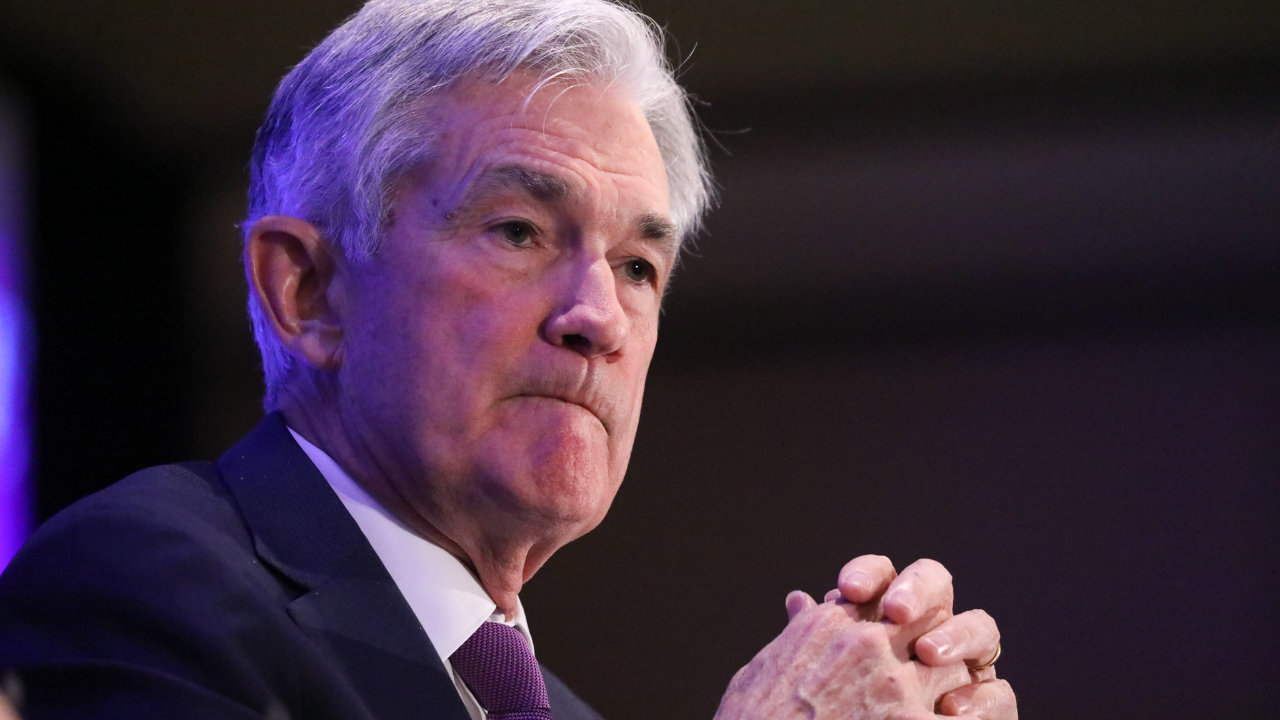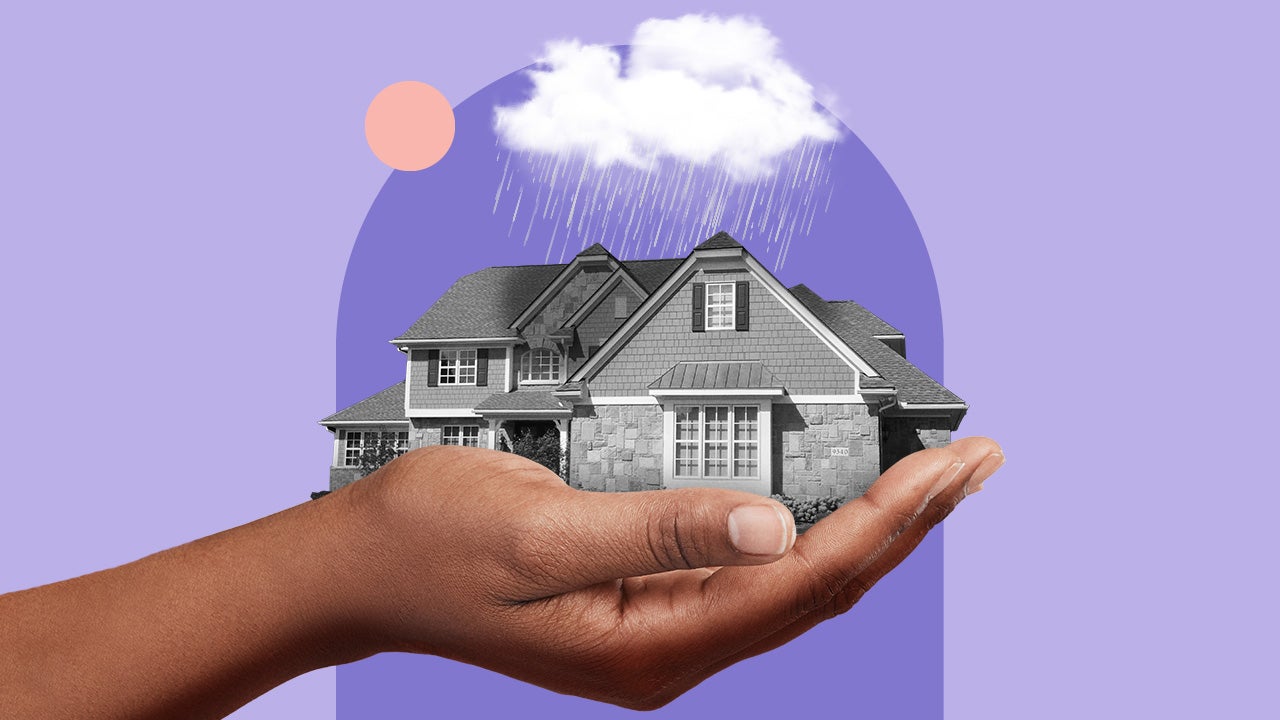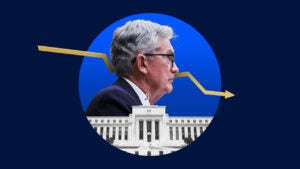Will the Fed cause a recession by raising rates? Here’s what experts are saying

High inflation comes with a heavy economic price. So can the Federal Reserve’s attempts to get it under control.
The Fed has a tried-and-true method for curing inflation: raising interest rates. But it’s a blunt instrument, with no room to fine-tune specific corners of the economy. Hiking borrowing costs is only successful because it slows demand across the board — and along with it, the economy and job market, experts say. And the higher the Fed takes interest rates, the harder it becomes to get it right.
“They’re trying to slow down the overall economy, and that would include firms’ appetite to hire, without ever saying that out loud,” says Luke Tilley, chief economist at Wilmington Trust.
Fed officials are already grappling with the reality that they’ll have to take rates much higher this year than they expected even just four months ago. The central bank’s most recent forecasts put its benchmark federal funds rate in a target range of 3.25-3.5 percent by the end of the year. Rates started the year at near-zero.
That would make for the fastest pace of tightening in a single year since the 1980s, and it takes borrowing costs well into what officials think is restrictive territory. In other words, the U.S. central bank is no longer stimulating the economy — but actively slowing it down.
Reflecting the aggressive Fed action, economists in Bankrate’s Second-Quarter Economic Indicator poll put the chance of a recession within the next 12 to 18 months at 52 percent.
“The bottom line is, the Fed is going to break something,” says Ryan Sweet, senior director of economic research at Moody’s Analytics. “They’re going to break inflation or they’re going to break the economy, and the most likely scenario is they’re going to break both.”
Interest rate hikes raise recession odds
High inflation and higher rates have been nightmare fuel for markets, consumers and economists alike. Confidence in the U.S. economy is at a record low, major stock indexes are in a bear market and the S&P 500 is down about 16 percent from the start of the year. One of investors’ favorite recession indicators — the 10-year, 2-year Treasury yield curve — inverted in July for the second time this year.
They’re likely noting the Fed’s questionable track record. Eight of the Fed’s past nine tightening cycles have ended in a recession, according to an analysis from Roberto Perli, head of global policy at Piper Sandler.
Part of what makes the job so difficult is how long it takes for a rate hike to fully seep through the economy — six months, if not a year or more, according to most economists.
Long before interest rates rise, a hawkish Fed will impact asset prices. Roiled stock and bond markets can make it harder for companies to draw capital, leading to delayed investments or slowed hiring, if not outright job loss. Consumer sentiment can also take a beating, though it doesn’t always result in less spending. That confluence of factors — along with how long it takes the story to unfold — can obscure the runway as officials try to land the plane.
The Fed, meanwhile, has a long way to go before interest rates aren’t stimulating the economy, giving more room for error. Officials in June just took their benchmark interest rate back to October 2019 levels. If the Fed raised rates by another 75 basis points, they’d be back to where they were in 2018.
“The Fed is tightening, but it’s tightening from unbelievably accommodative financial conditions,” says Megan Greene, senior fellow at Harvard Kennedy School. “That also means that, even though the Fed is tightening aggressively, it has a ways to go before it really chokes off growth.”
But don’t expect a return to the double-digit interest rates of the 1970s and ‘80s, the last stretch of troubling inflation.
“The issue was, the Fed had no credibility and really had to prove it could get inflation under control,” says Marc Goldwein, senior vice president and senior policy director for the Committee for a Responsible Federal Budget. “Inflation was double-digits, and this isn’t the same situation. Even if they have to create a recession to wrestle inflation under control, there’s no reason to think it has to be as powerful.”
Fed talks market rates up at an even faster pace
Market interest rates have moved at a much faster pace than the Fed’s benchmark.
The average 30-year fixed rate mortgage hit 5.77 percent in the week ending July 13, according to national Bankrate survey data. That’s nearly 3 percentage points higher from its all-time low of 2.97 percent in early February 2021. Meanwhile, the 10-year Treasury yield climbed 178 basis points in the same time period to 2.93 percent, bouncing from an 11-year high of 3.49 percent weeks prior.
Most of the time, U.S. consumers’ largest liability is their mortgage loan, and movement in mortgage rates can dramatically influence housing demand and home prices. Experts say those increases can cascade throughout the economy in a fashion even more dramatic than hikes to the fed funds rate.
“Their strategy must be to suppress demand in the overall sense of raising interest rates, and they have already done that, even though they already had one hike under their belt,” says Wilmington Trust’s Tilley.
Tighter financial conditions could also play a prominent role in slowing demand because it might shift investors away from riskier assets such as stocks, which boomed during the Fed’s ultra-accommodative policies. Less demand for equities often weighs on corporate and household balance sheets.
“If interest rates are doing their jobs, we’re not going to see big increases in home values or stock values,” CRFB’s Goldwein says. “That doesn’t feel good for people who have all this wealth in their stock portfolios or homes, but it’s macroeconomically desirable.”
Fed has less slack in the labor market as it starts this tightening cycle
Powell pointed to three previous instances when the Fed was able to soft land the economy, the most recent in 1994. Officials hiked interest rates six times that year, two of those moves in 50-basis-point increments and another by a whopping 75 basis points.
But the Fed’s rate moves today could dwarf those decisions. Officials hiked rates by half a point, followed by likely two 75 basis point hikes. When officials next gather for the July 26-27 meeting, the debate will be between a 75-basis-point move or a larger full percentage point hike (though odds look pointed toward the former).
For starters, inflation averaged 2.6 percent in 1994 and the labor market wasn’t as tight, with unemployment then falling to a low of 5.5 percent. Today, joblessness is at 3.6 percent after inflation soared to a fresh high of 9.1 percent in June.
“We’ve put our economy on a heat freeze, then defrosted it and then added a war in Europe on top of it,” Harvard’s Greene says. “There are so many uncertainties and idiosyncrasies. It’s hard to know if history can be a guide.”
“Given that unemployment is so low, we can expect unemployment to tick up,” she adds.
Still, the labor market is tight to an “unhealthy level,” as Powell put it during March testimony with lawmakers. The Fed might want to cool demand for labor and engineer more slack in the economy at a time when employers have 11.2 million job openings and the number of workers between the ages of 25 and 54 — often considered the “prime” working age — is just 95,000 people shy of pre-pandemic levels.
Fed’s worst choice: High inflation or recession?
Consumers can infer that Powell’s dove days are over, but he has just one vote. How high the Fed is willing to take rates — and consequently, how much it wants to slow the economy — to avoid a repeat of the ‘70s and ‘80s depends on the broader views of the Federal Open Market Committee (FOMC).
Inflation could still slow this year as supply bottlenecks resolve and virus cases abate, but price pressures are still the prominent concern.
“There’s no doubt in my mind that the Fed would choose to cause the recession and stop what happened in the 1970s from happening again,” says economist Tilley. “The Fed does not lose sleep at night thinking about recessions. Recessions are a part of the job, and their job is to mitigate the impact of a recession. They do lose sleep over repeating the mistake of the 1970s.”
You may also like

Should you buy a house during a recession?





